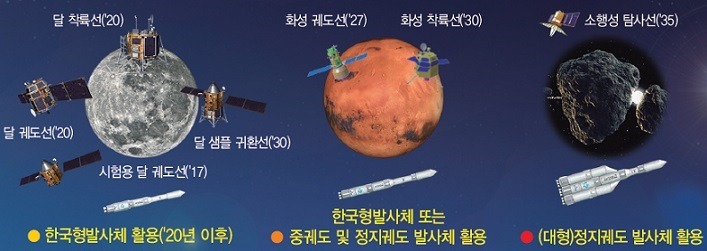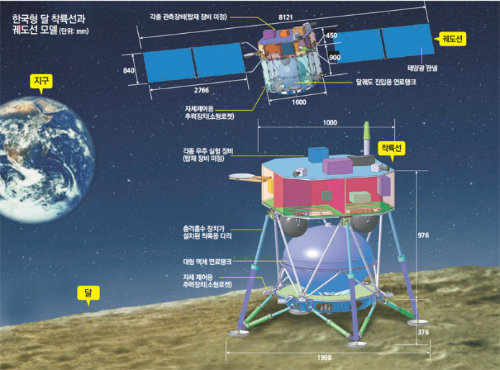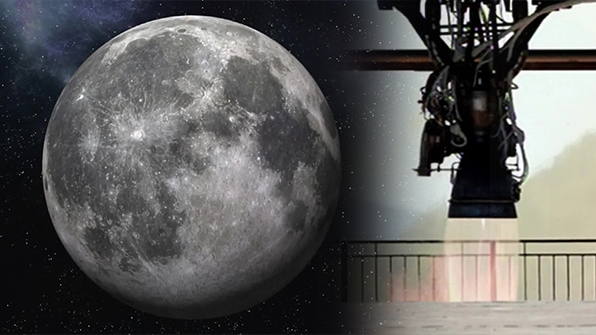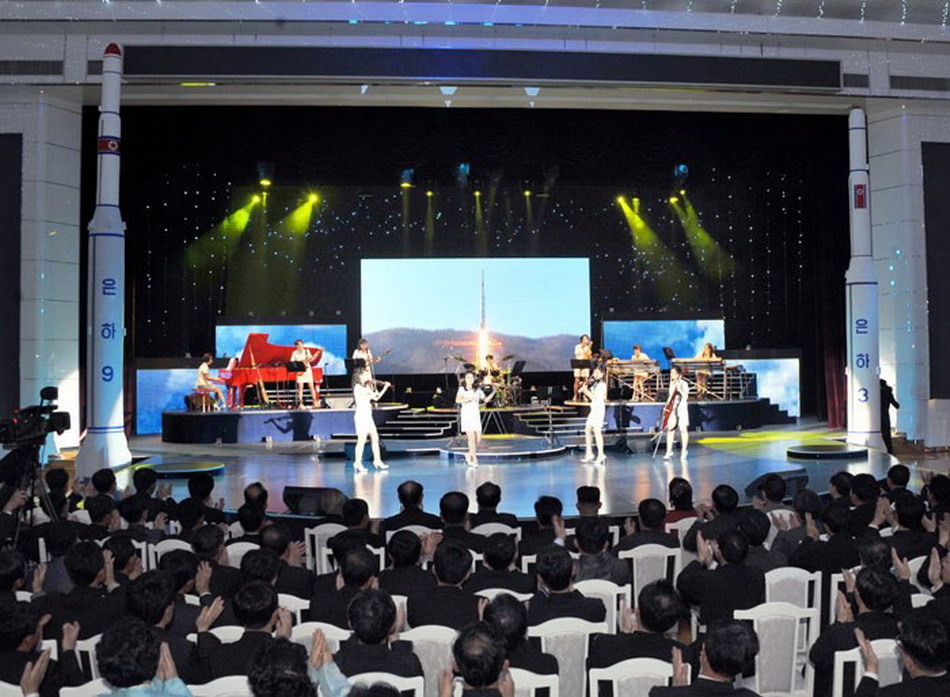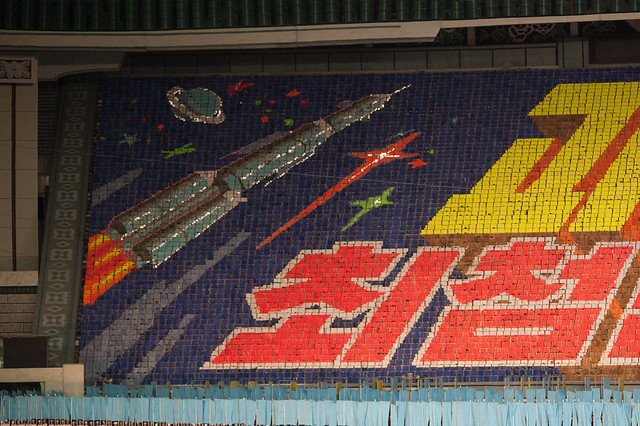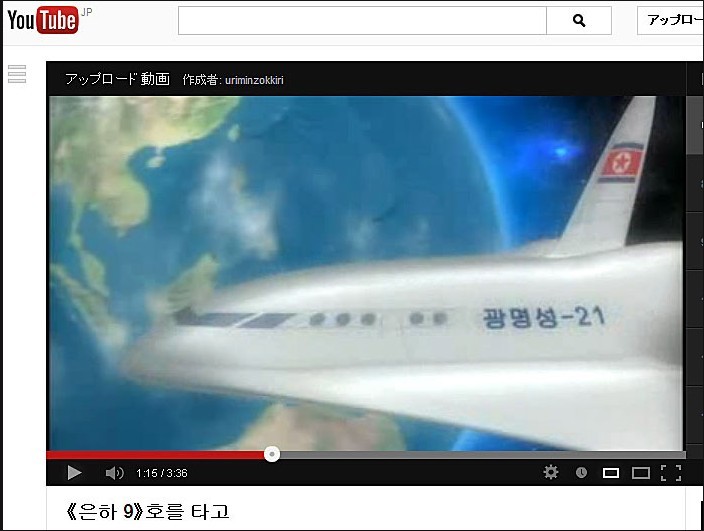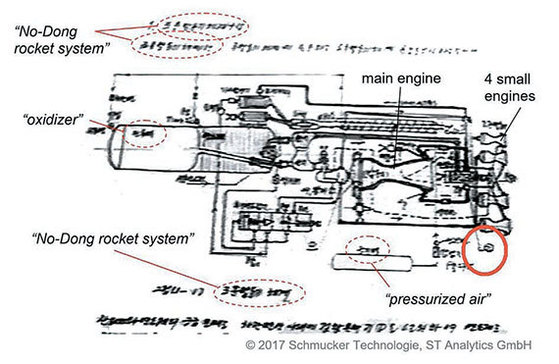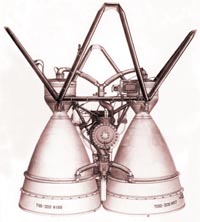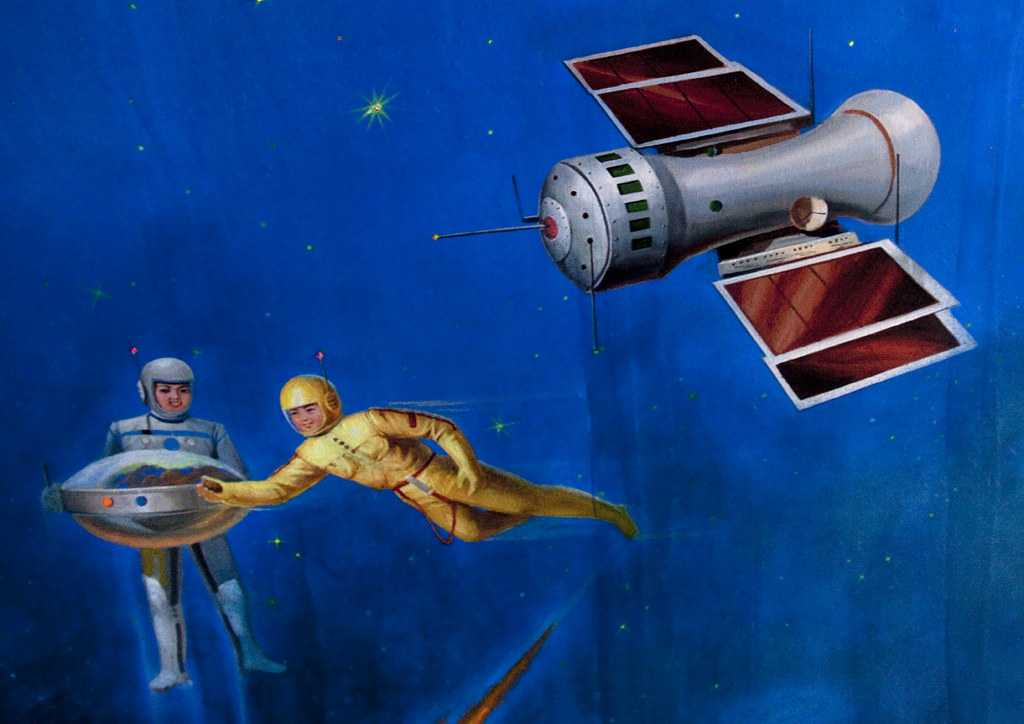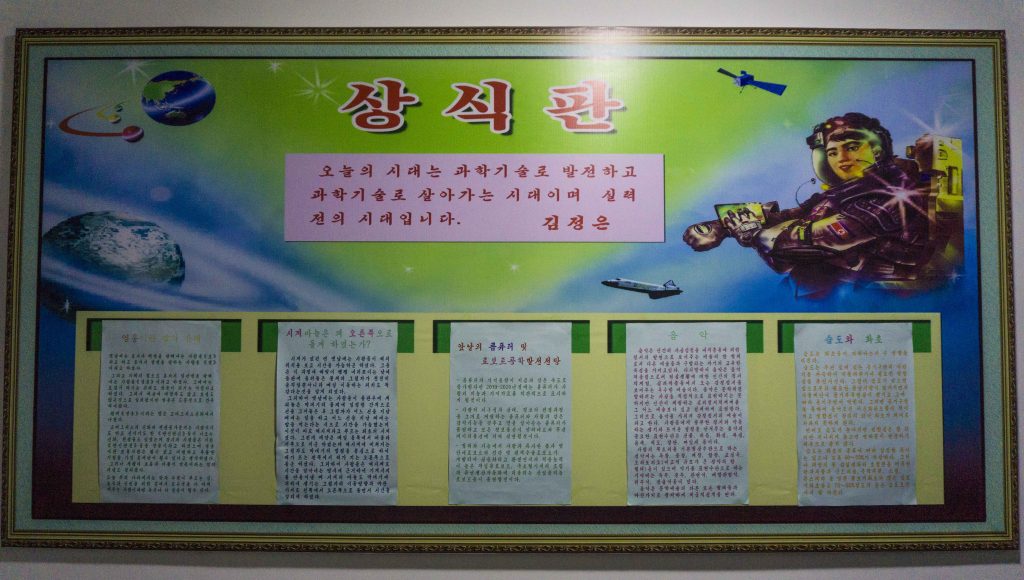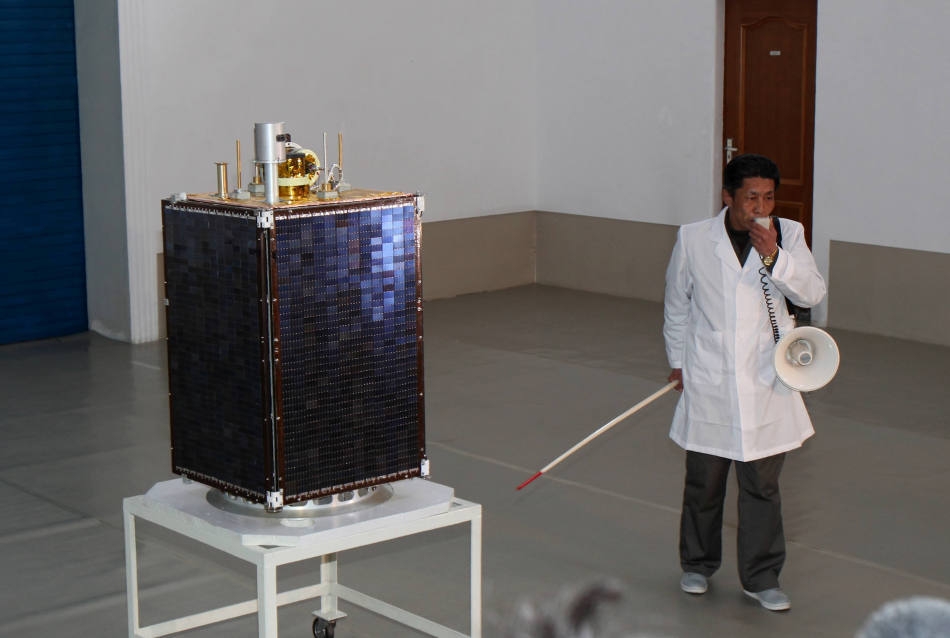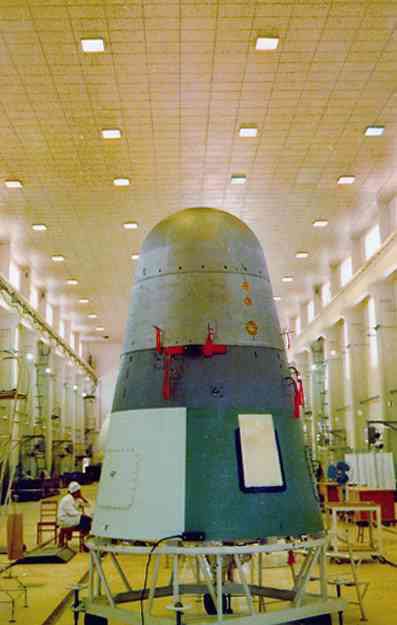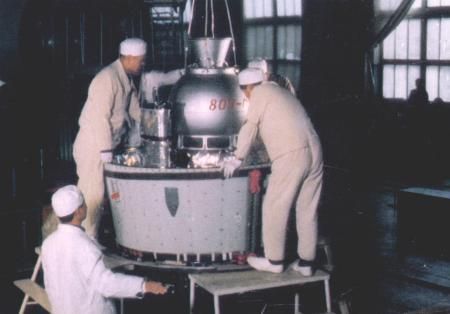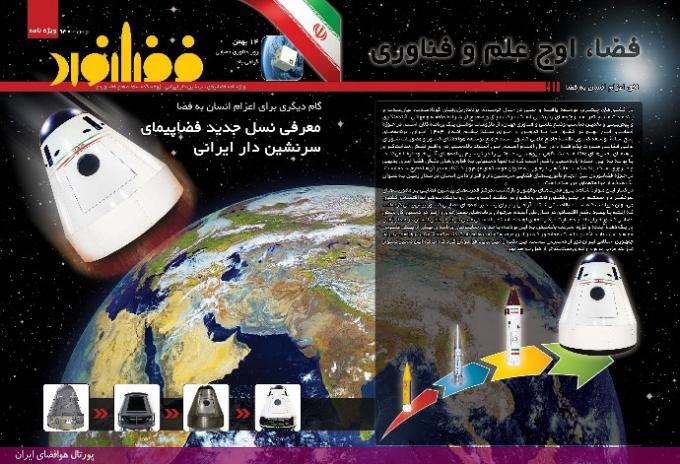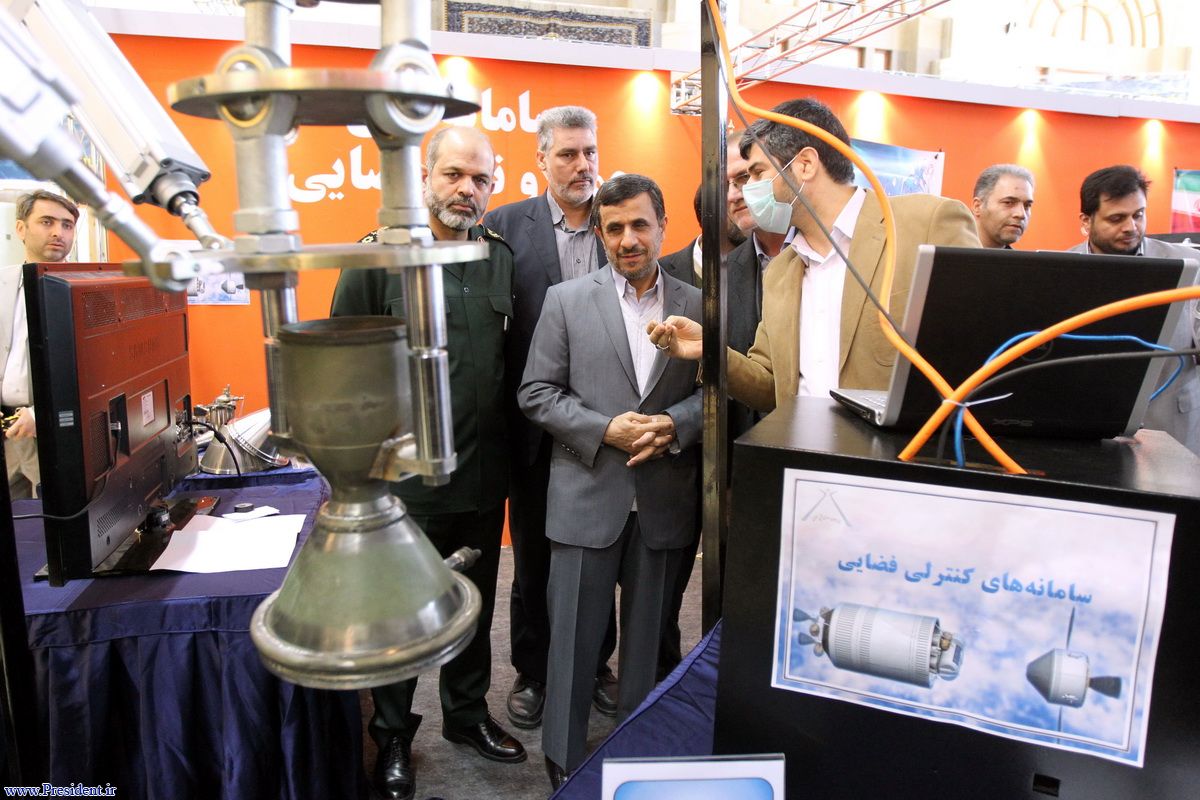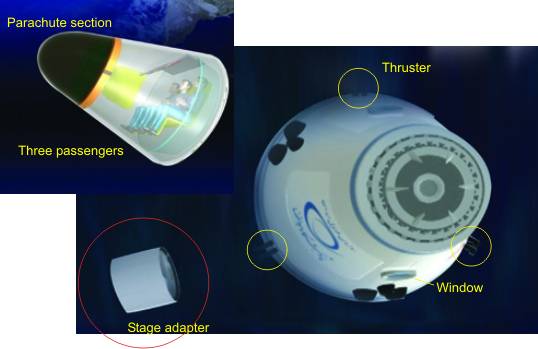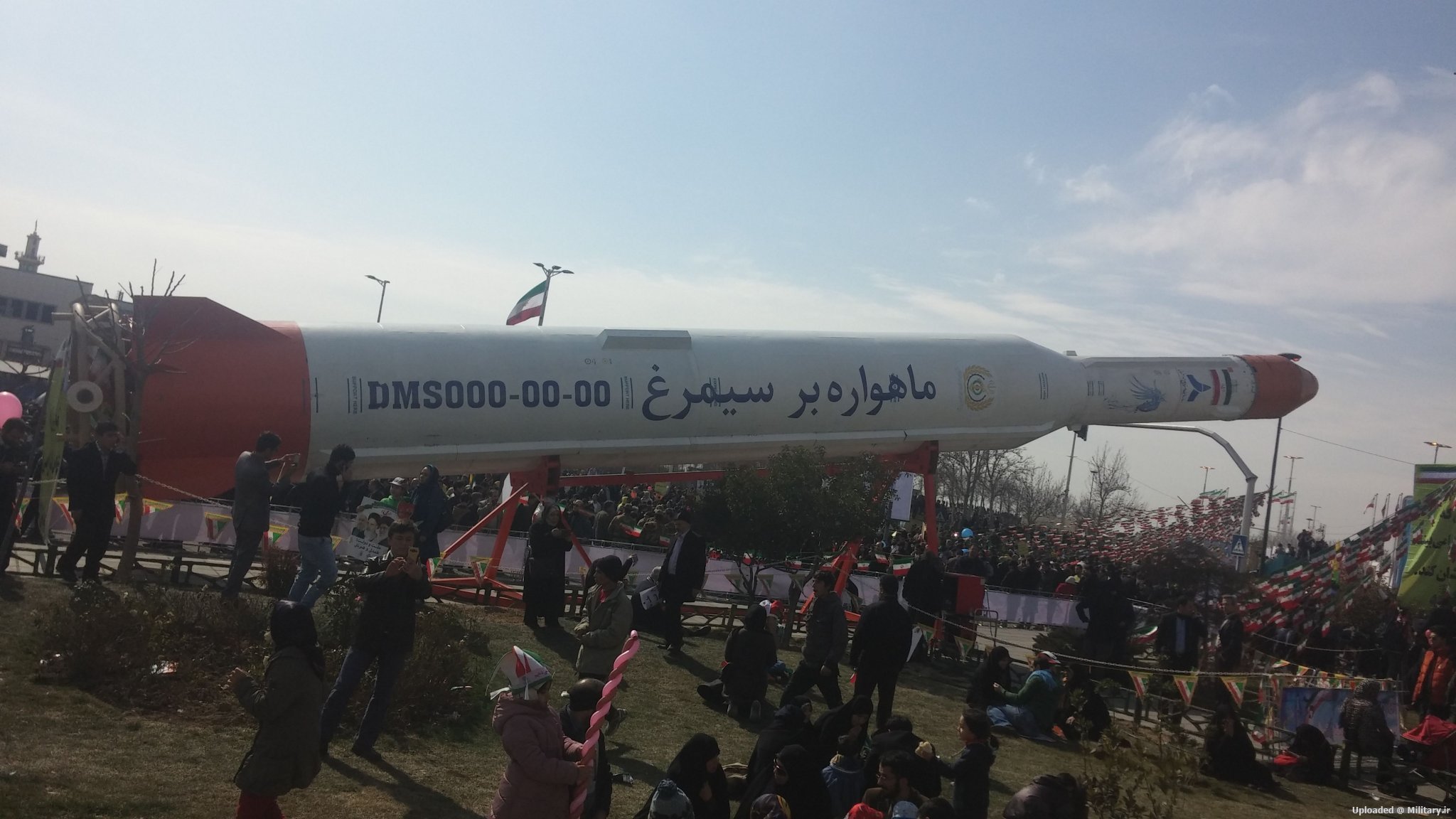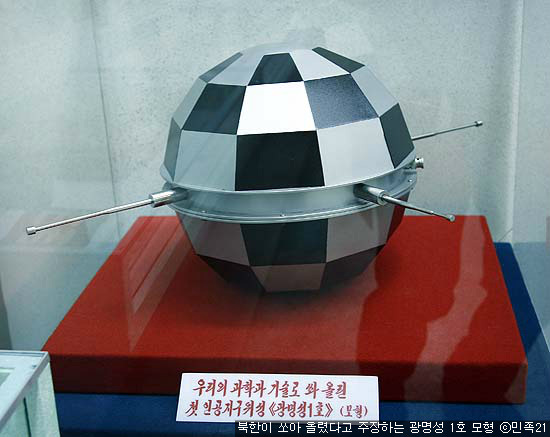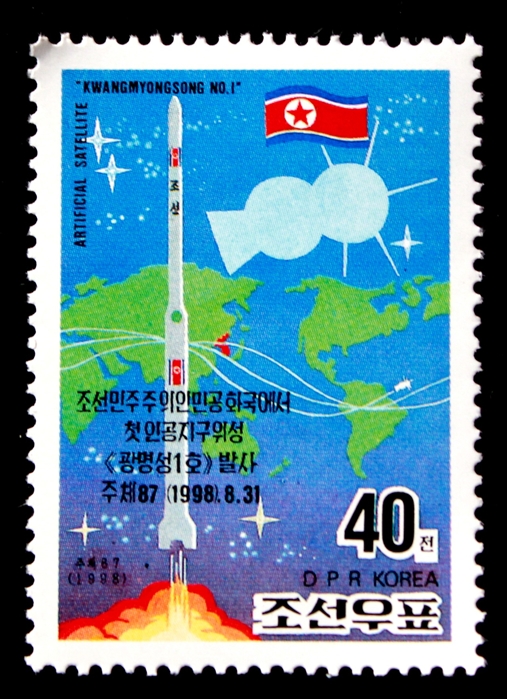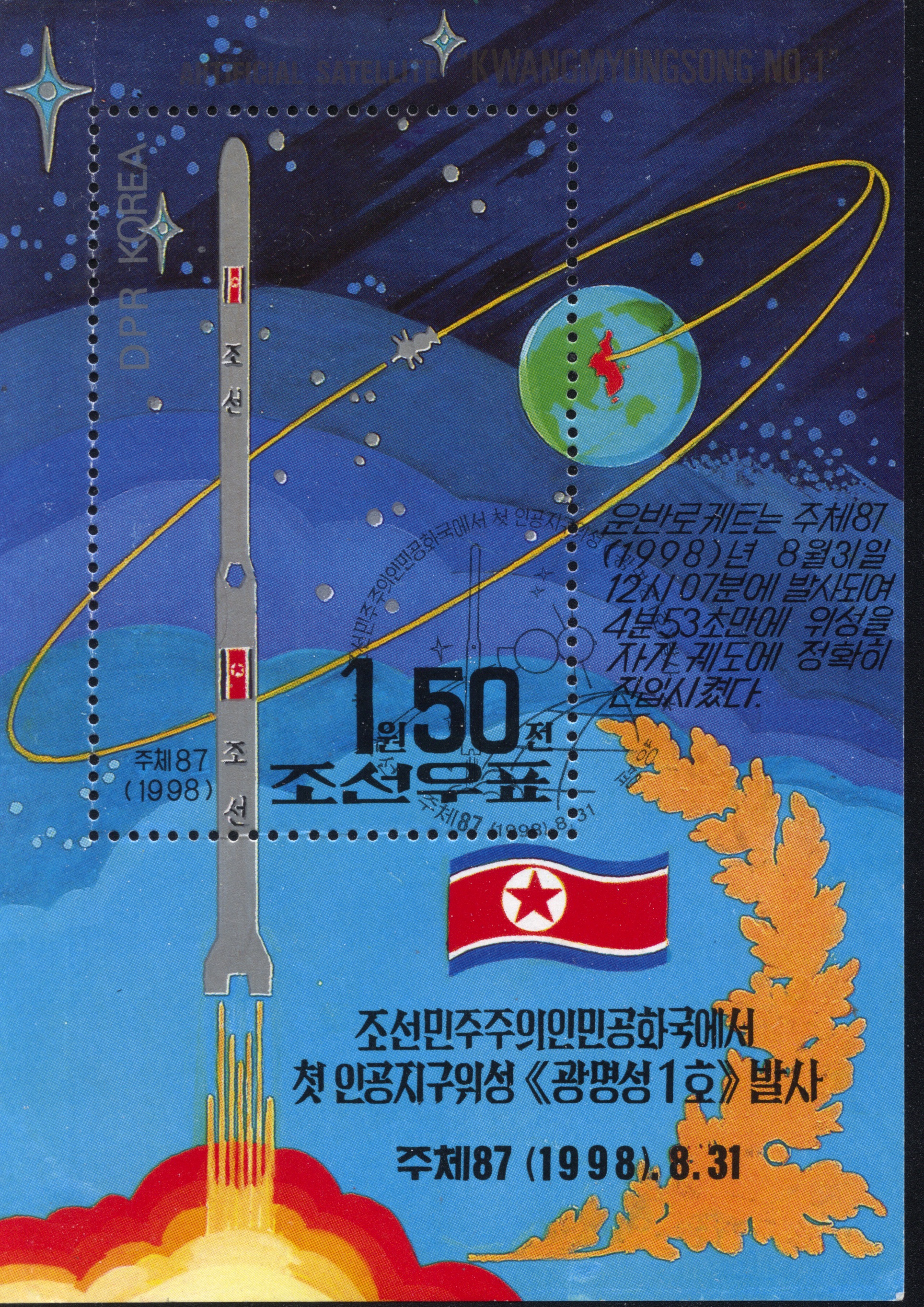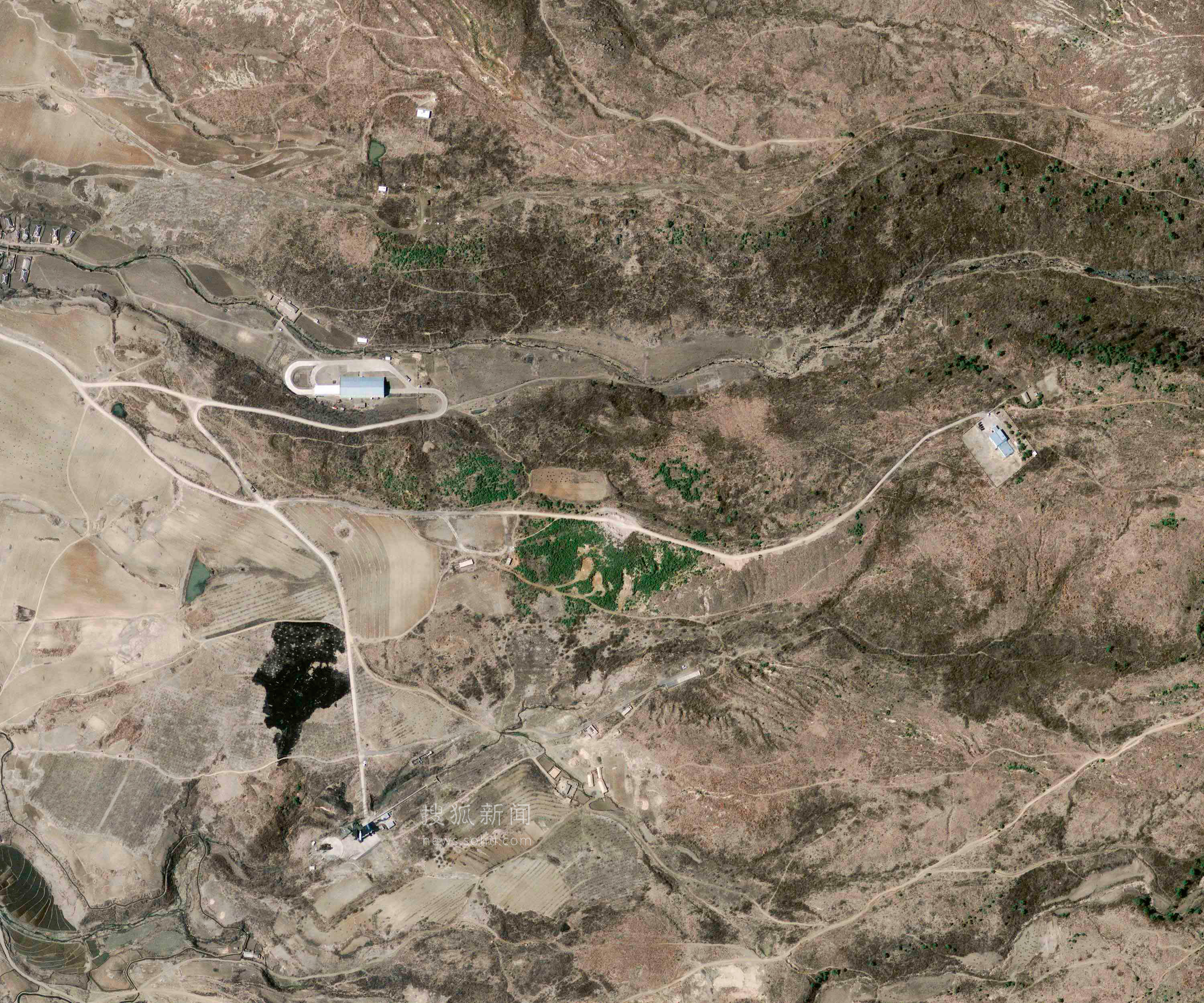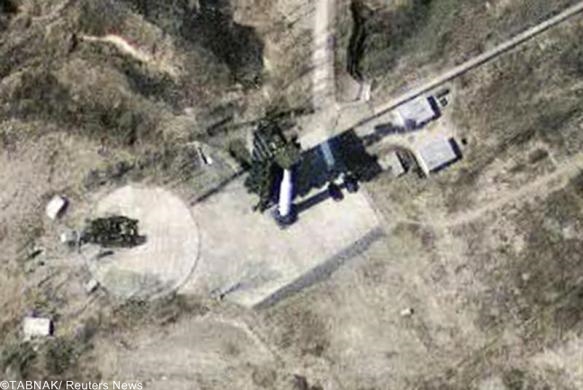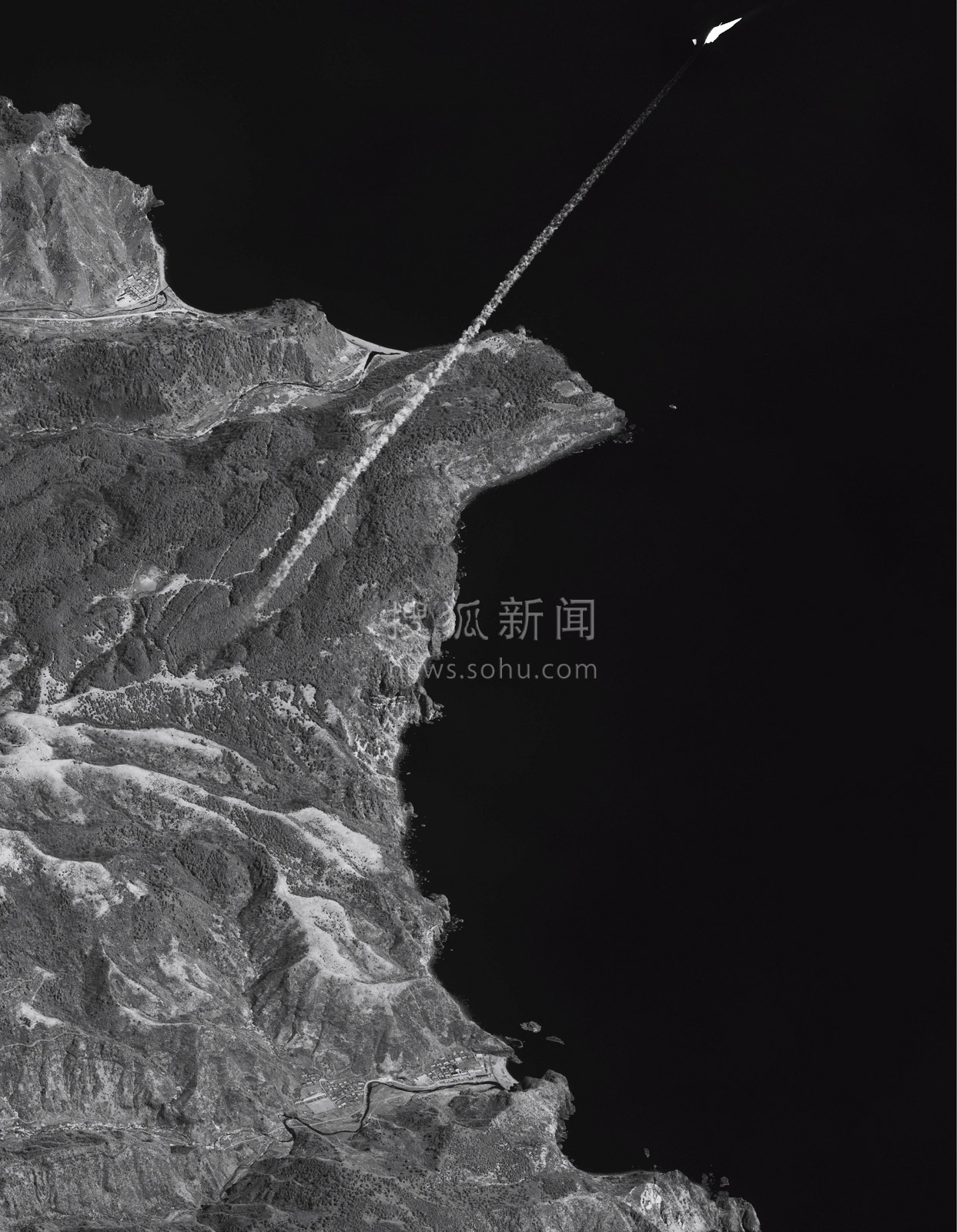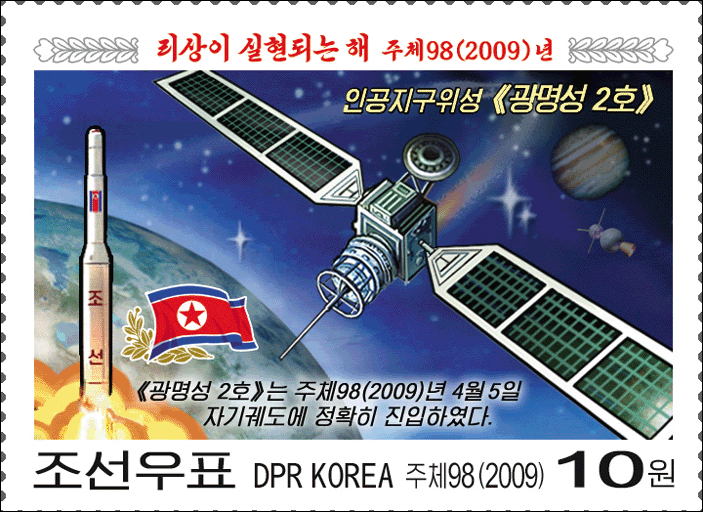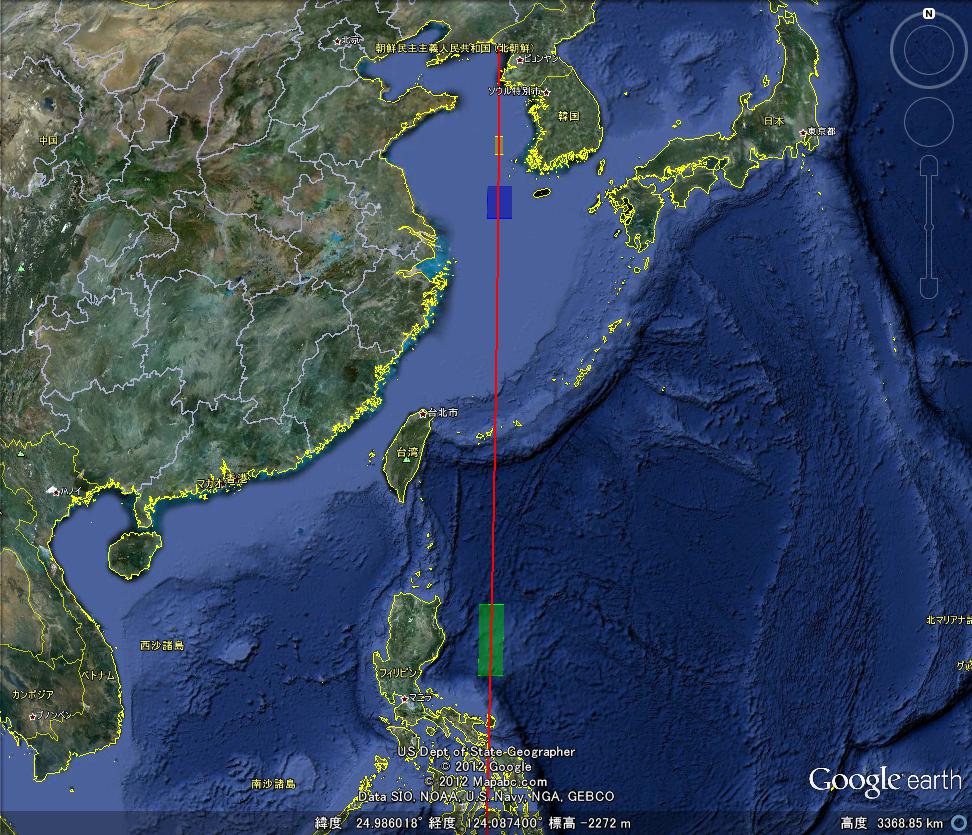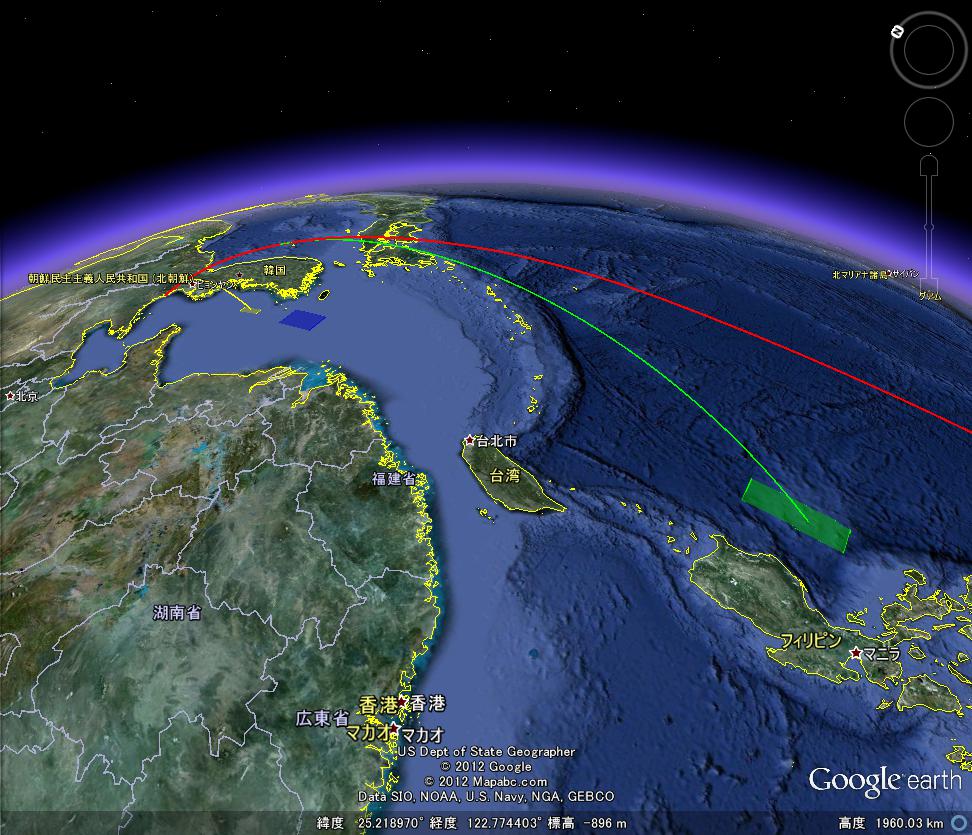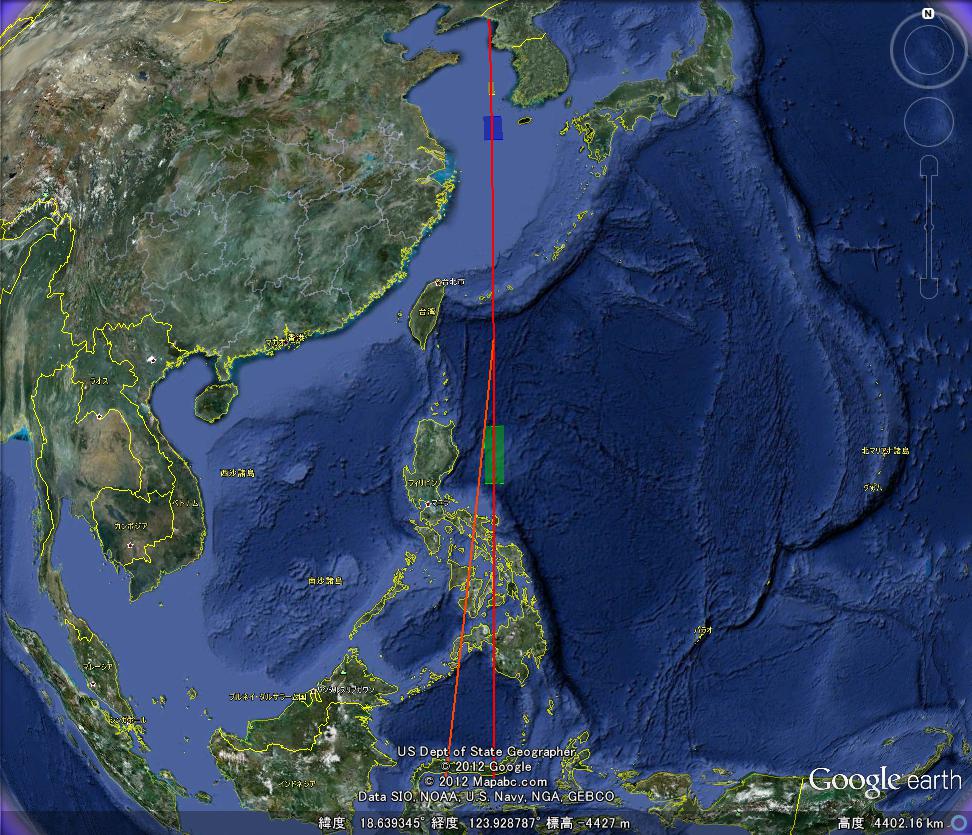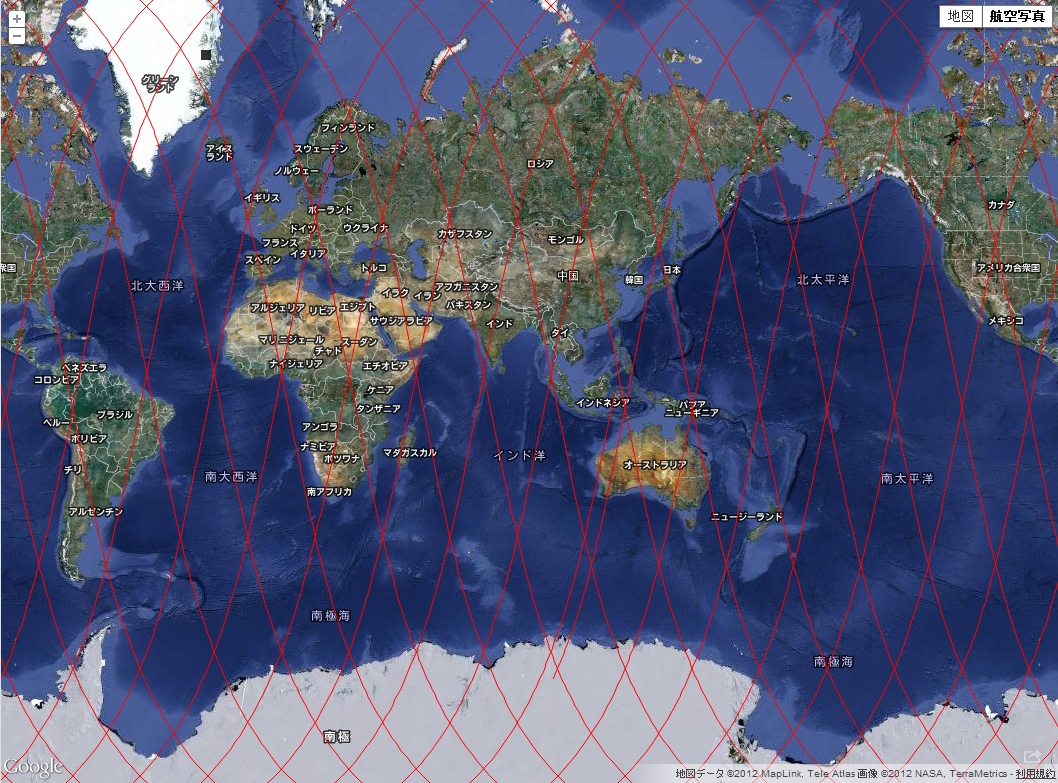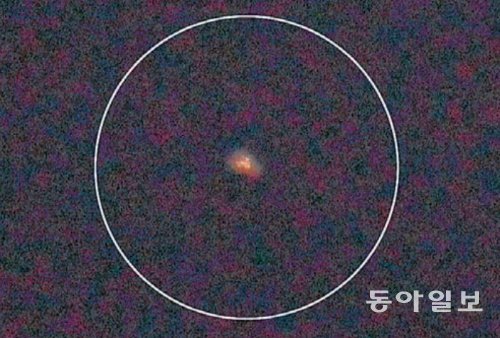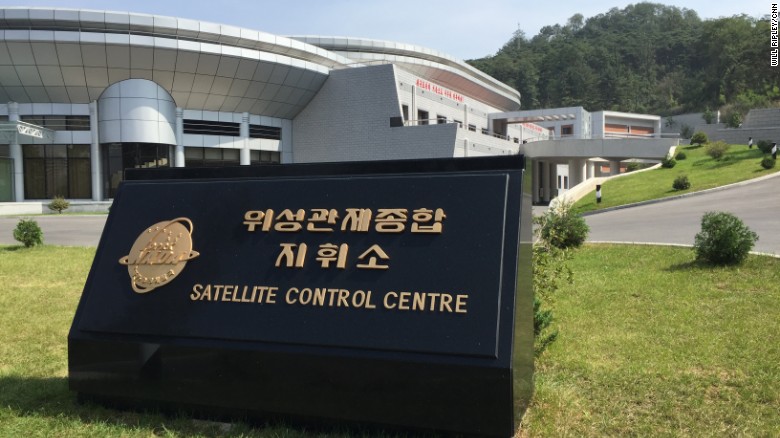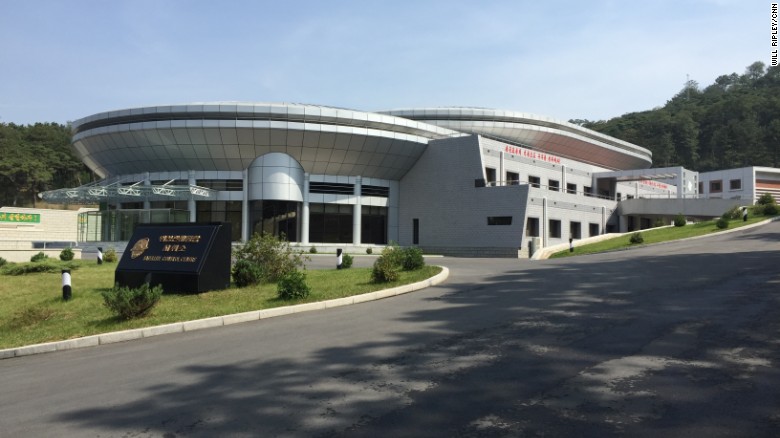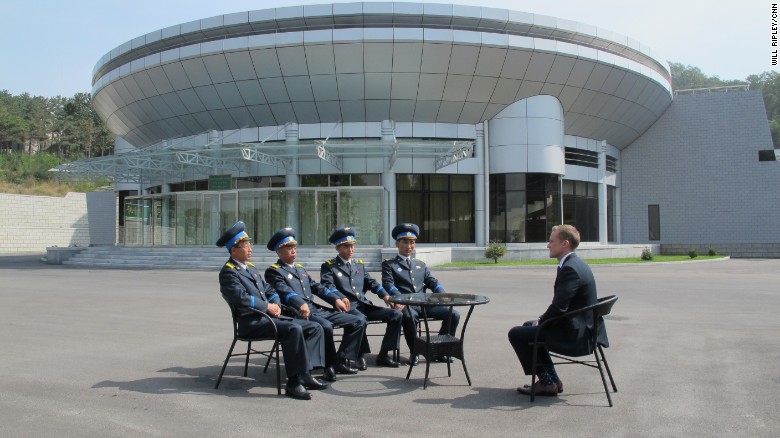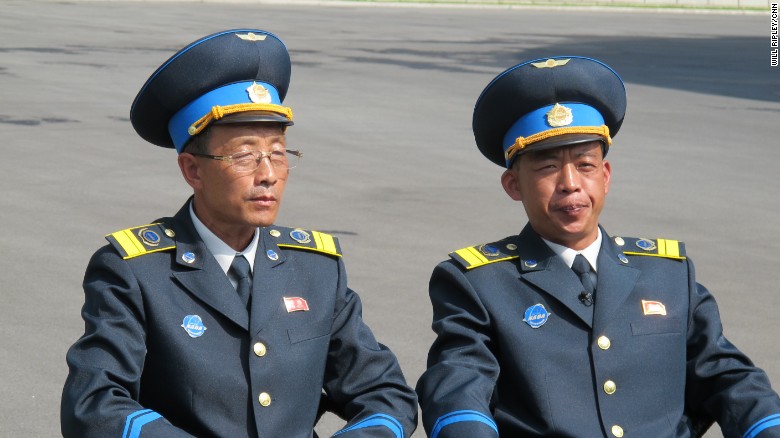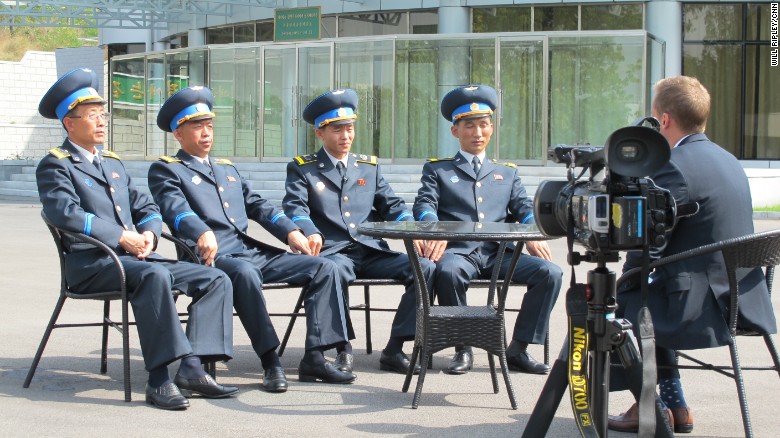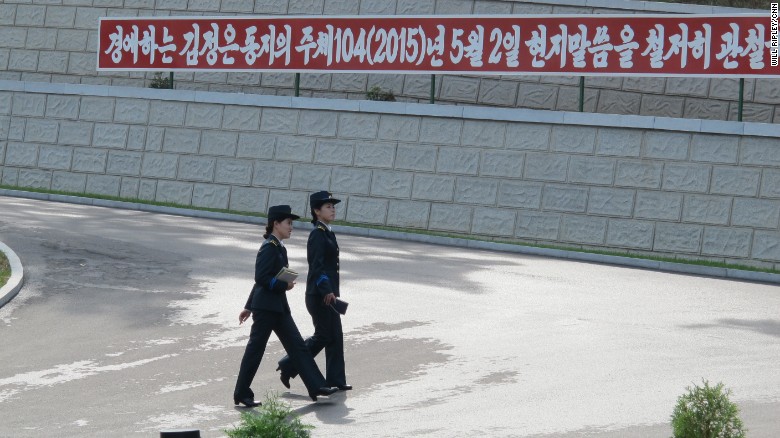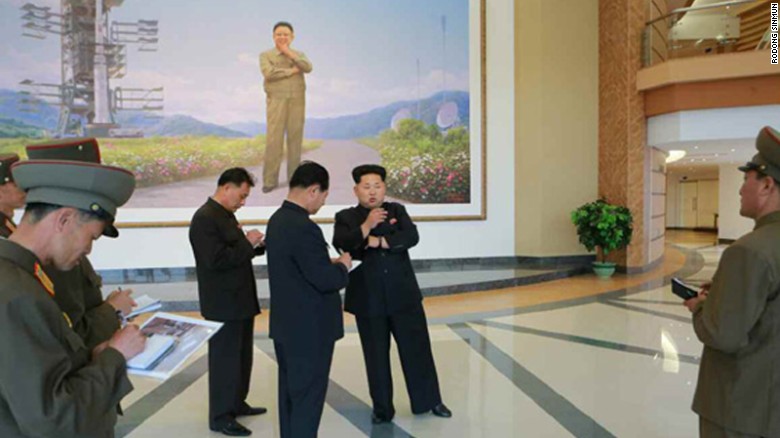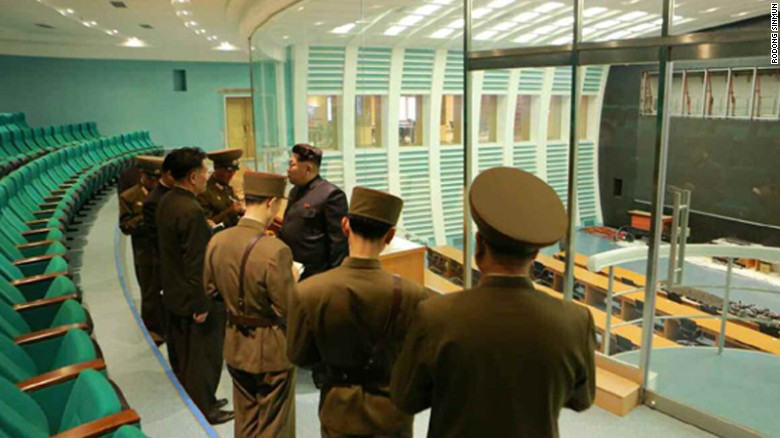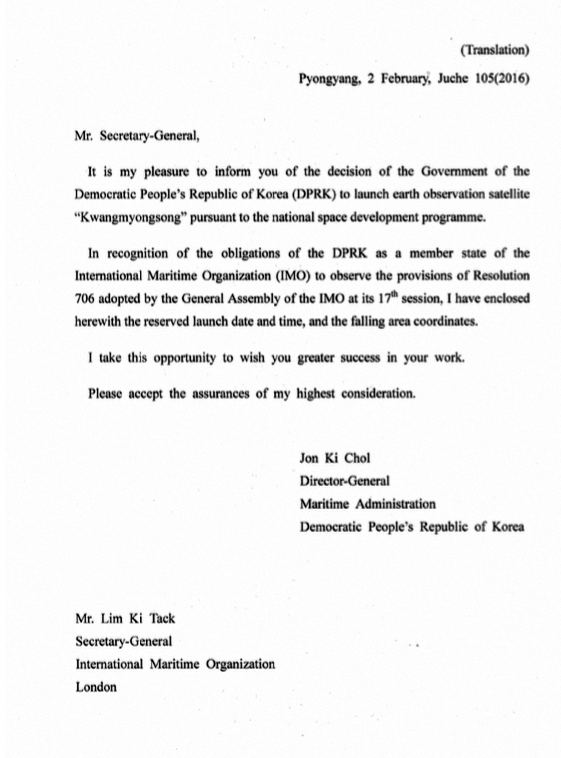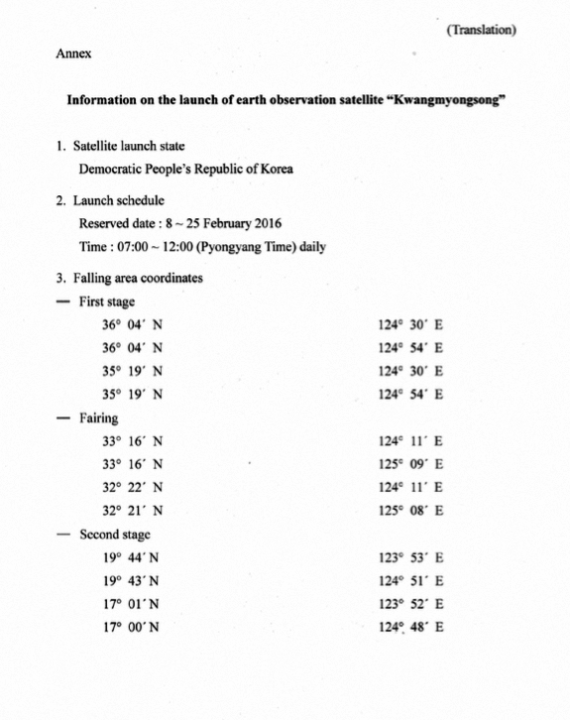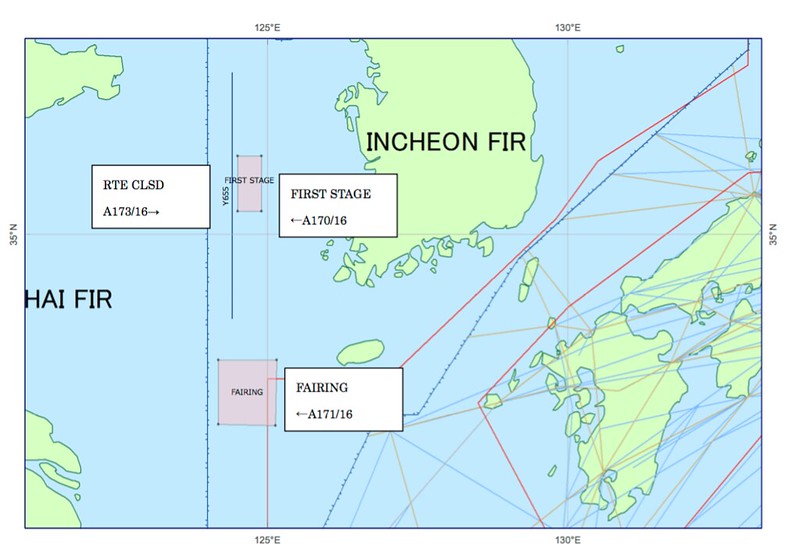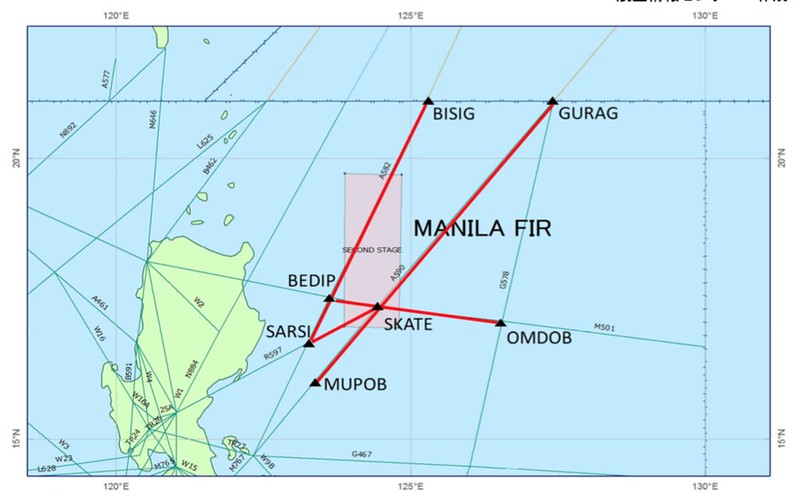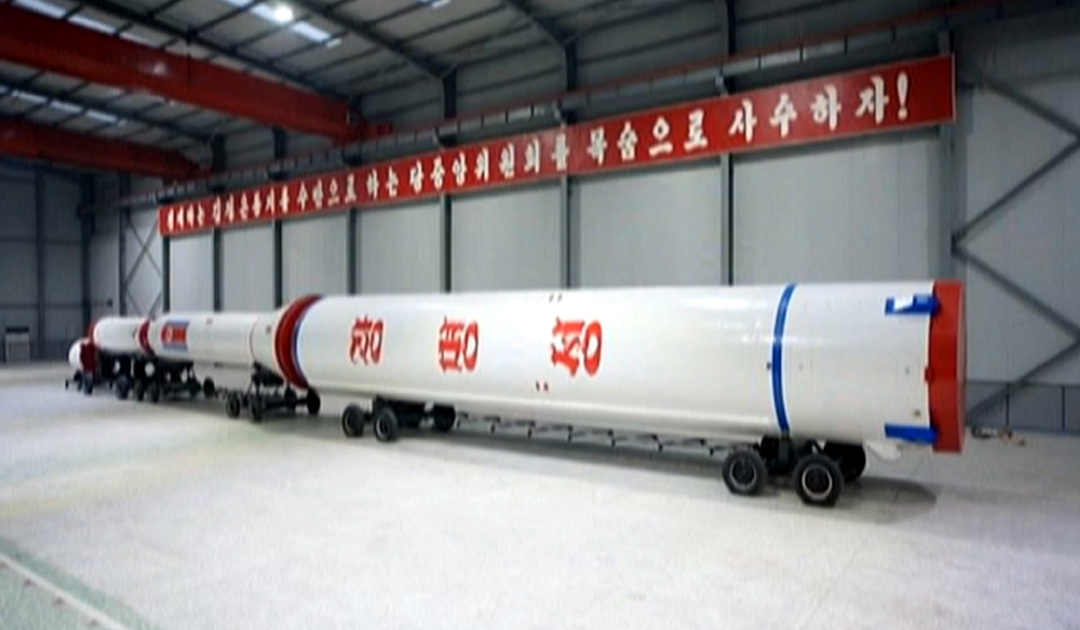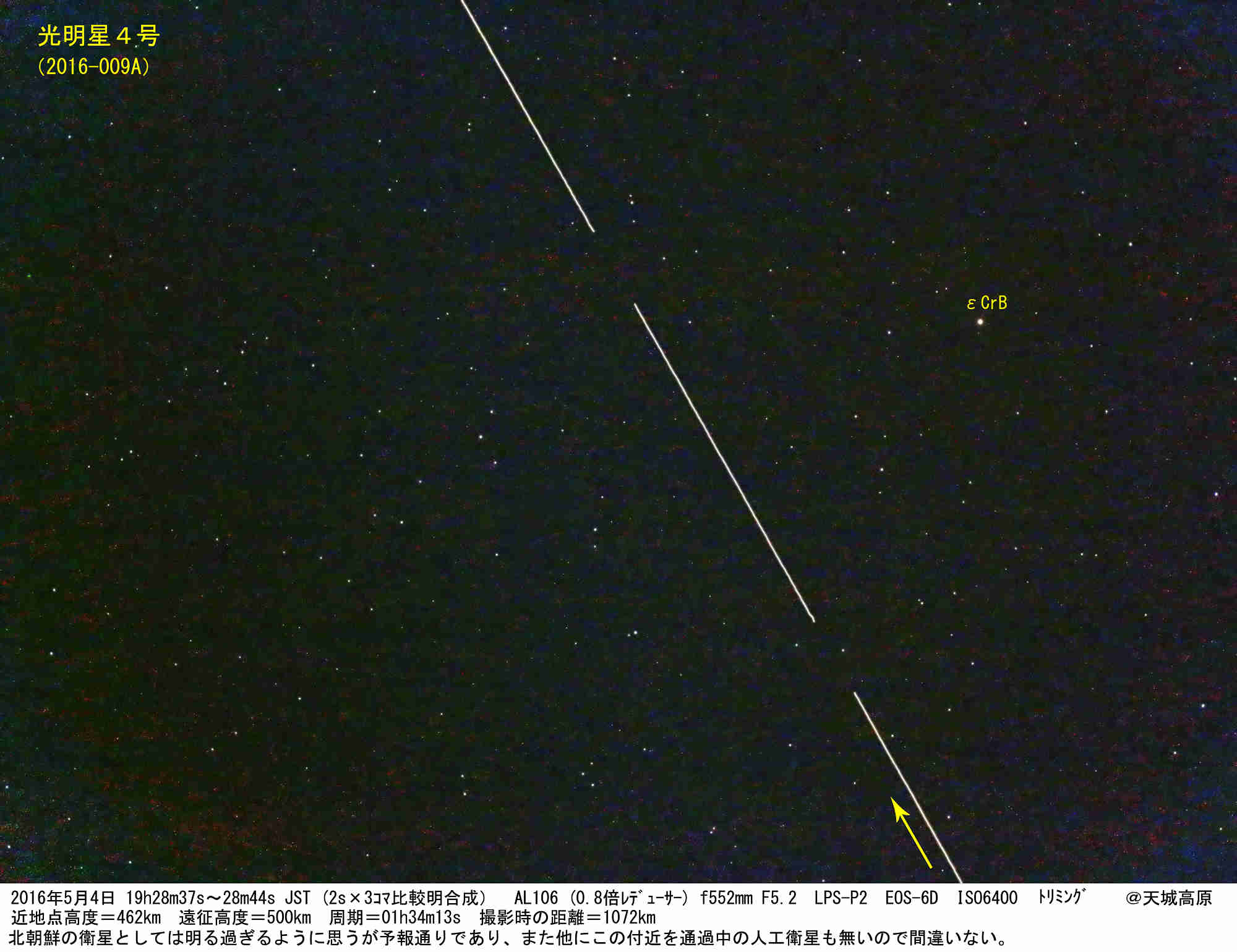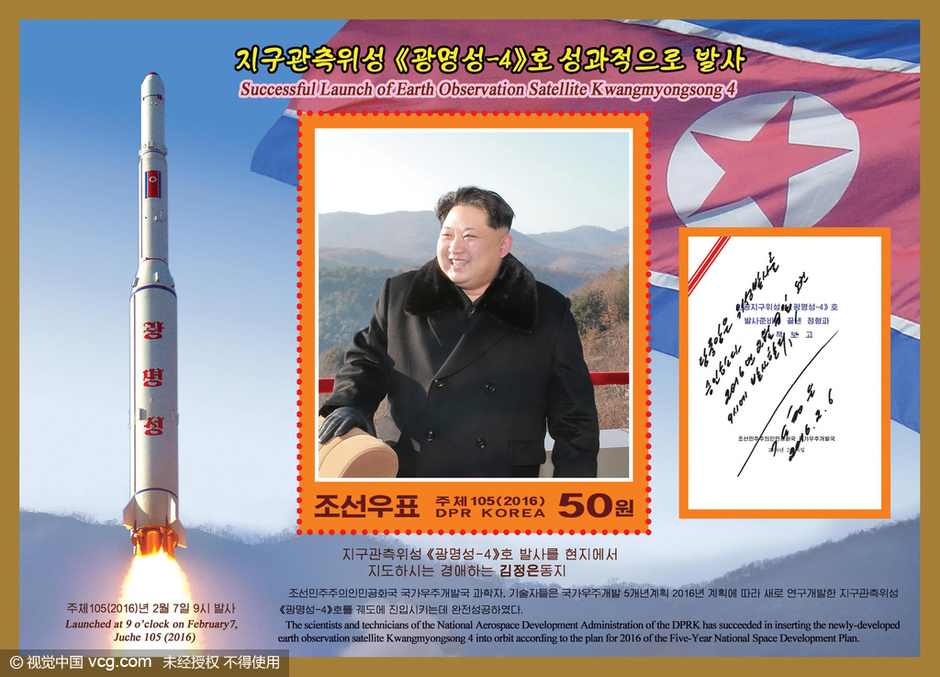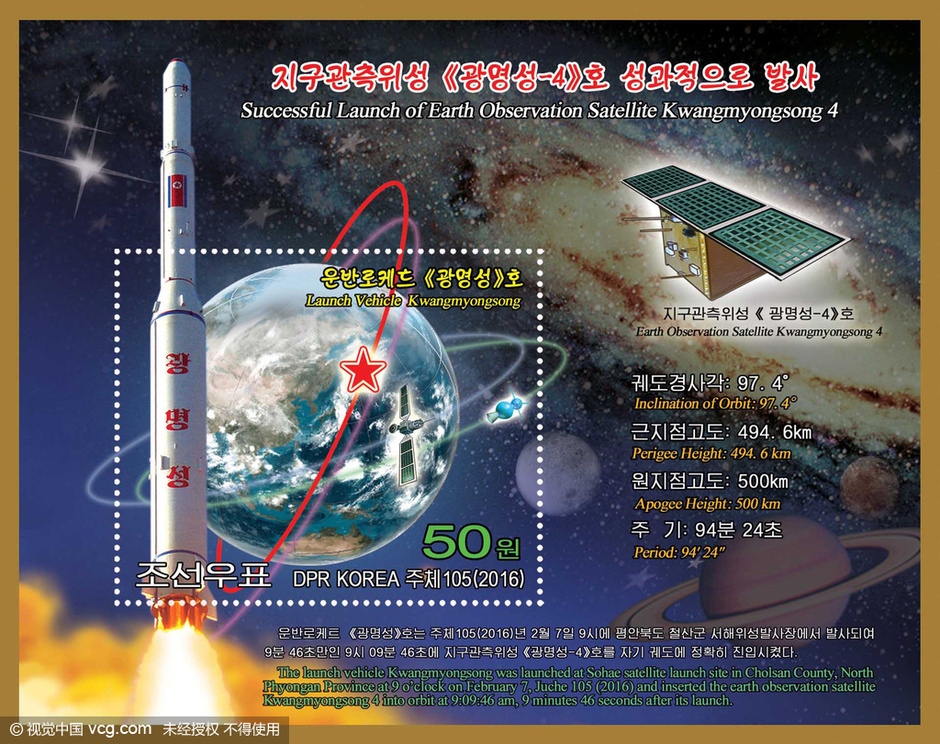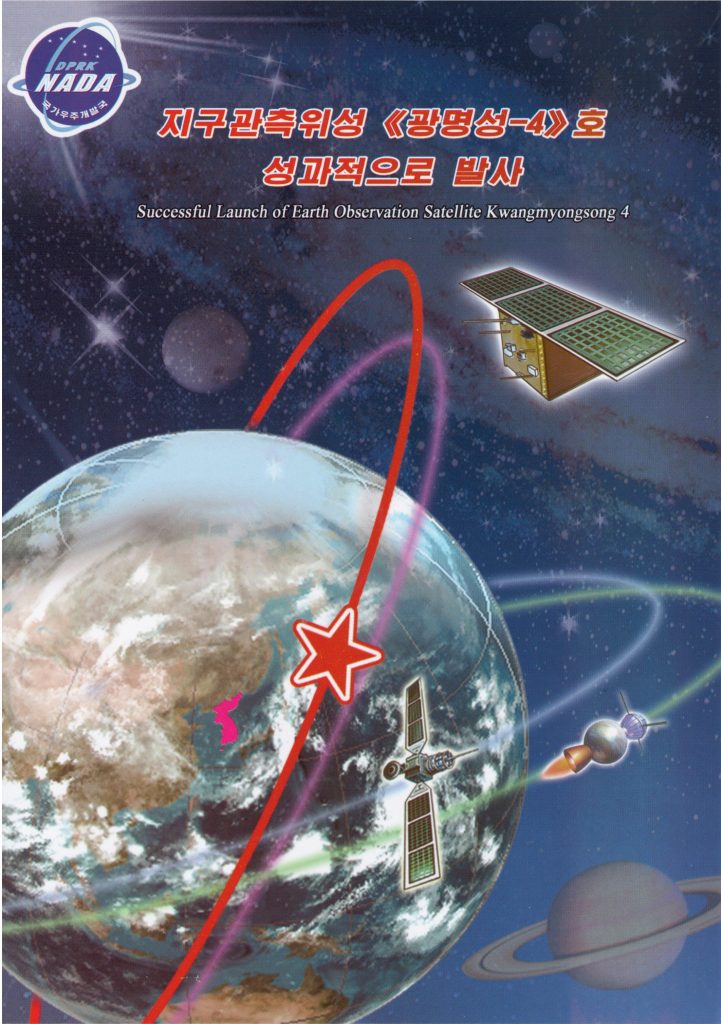North Korea close to completing upgrades to Sohae launch site
24 June 2015
Ongoing modifications to the launch pad at North Korea's Sohae satellite launch centre suggest it will be the location for upcoming satellite launches.
Paek Chang Ho, vice director of Scientific Research and Development at National Aeronautics Development Agency (NADA), said in an Associated Press interview in late May that a new "earth observation satellite" was under development. He did not say which space launch vehicle (SLV) would be used, when the launch would occur, or from where it would be launched.
Nonetheless, North Korea's modus operandi of linking major technological developments to important dates for the nation has led to speculation that it could be launched in October to coincide with the 70th anniversary of the Korean Workers' Party.
Sohae (also known as Tongchang-ri) is on North Korea's West Sea/Yellow Sea coast and is one of two space launch facilities in the country; the other is Tonghae (also known as Musudan-ri), which is on the East Sea/Sea of Japan coast.
Satellite imagery of the Tonghae facility taken on 6 June 2015 shows no significant activity at the site. Construction of a large new launch pad, assembly building, and the supporting roads has stopped and the Unha-2 pad that was last used in 2009 appears to be mothballed.
The lack of activity at Tonghae - and a number of other factors - reinforces assertions that Sohae has become the main hub for North Korea's space and long-range missile programme. Analysts have suggested that Pyongyang has prioritised the Sohae site to minimise the diplomatic fallout of rocket debris landing in Japanese territory, which was possible with launches from Tonghae.
There have been two launches from Sohae since its public debut in 2012, although neither has been fully successful. An Unha-3 launch in April 2012 suffered a catastrophic failure in the first stage, while in December 2012 an Unha-3 rocket was successfully launched but failed to put its payload - a small satellite - into the correct orbit.
Despite these failures, Sohae is already undergoing a second stage of evolution. Its first incarnation (from 2001 to present) was as a test range developed to launch satellites using the Unha rocket and to perform rocket engine testing. Since 2013, North Korea has made a number of changes to the Sohae site to allow it to operate more efficiently and to launch a wider range of rockets that could relate to the mock-up of a new, larger SLV that was first seen at the Sanum Dong research and development facility, outside Pyongyang, in April 2012.
Imagery of Sohae taken on 3 June 2015 shows that this major construction project is almost complete. If the pad is cleared in August, the assembly and check-out timelines for the two Unha-3 launches in 2012 suggest that a launch could take place in October.
The construction programme at Sohae includes:
1. Raising the height of the gantry tower on the launch pad in 2014 to launch taller rockets while retaining the Unha launch capability.
2. Building a railway line to the Unha launch pad in 2014 to transport a large first stage to the pad for assembly and check-out. The terminus was completed in May 2015 and has a 4 m by 20 m opening into the rail tunnel that will allow the rocket to be lifted onto a moveable trailer on the launch pad.
3. Building a three-storey horizontal assembly building on the east end of the launch pad. The high bay section of the building is 30 m long by 20 m wide and has a single storey section facing the gantry tower. The high bay section has a 10 m long by 5 m high opening in the side that faces the railway tracks.
4. Building a 30 m long by 20 m wide three-storey first stage mover at the gantry tower end of the launch pad. So far three sides of the structure have been completed but when finished it will have a fourth side and probably some type of roof. It is mounted on a platform that moves on rails that run from the gantry tower to the opening in the rail tunnel and the new horizontal assembly building. The mover has a folding section of the floor that allows access to the tunnel opening.
Although the upgrade work will allow the Sohae launch pad to launch larger rockets, it is probable that the pad will still retain the capability to launch Unha-series SLVs. North Korea has previously announced that there will be six more Unha launches up to Unha-9.
Other upgrade work at Sohae appears intended to obscure activities on the ground. For example, work to cover the rail spur will complicate external observation and may make estimates of future SLV launches, of all sizes, more difficult.
http://www.janes.com/article/52551/north-korea-close-to-completing-upgrades-to-sohae-launch-site




